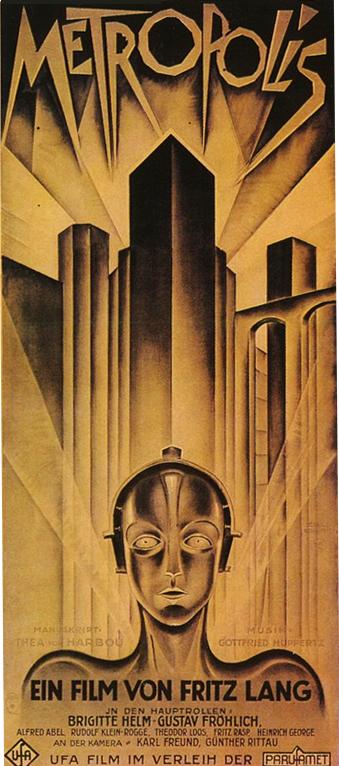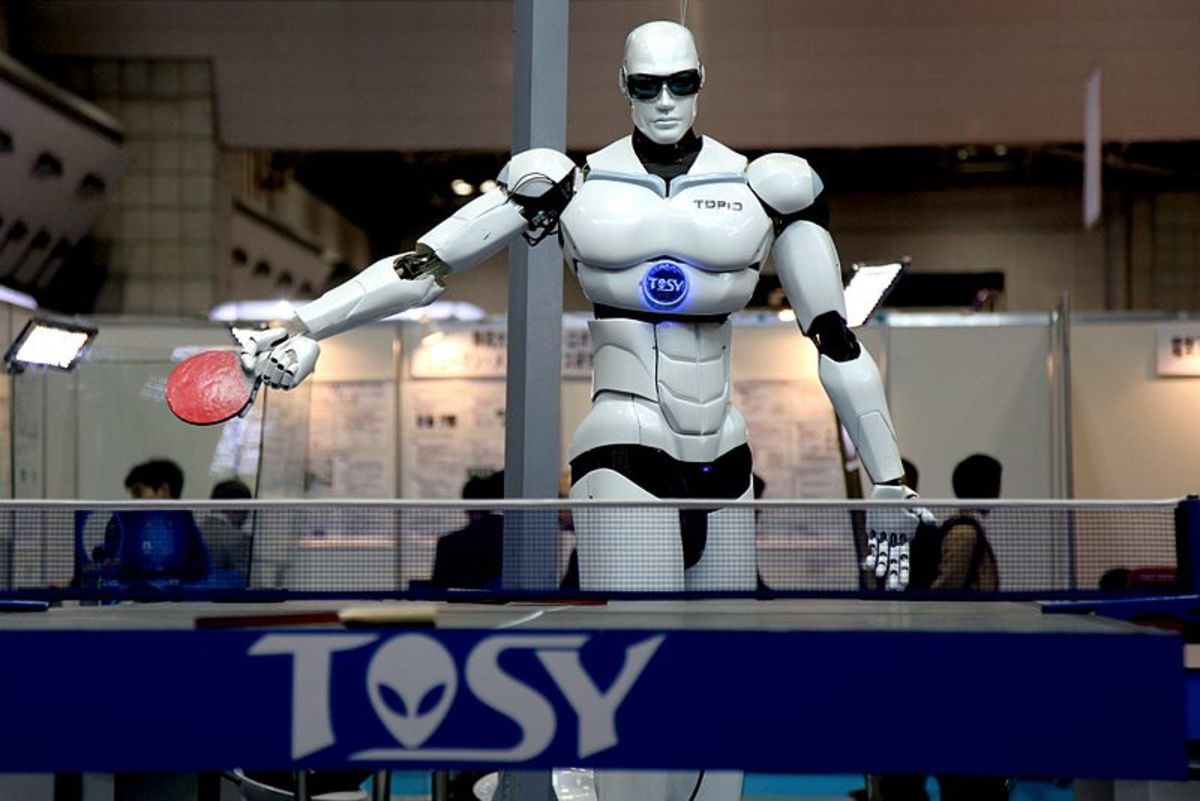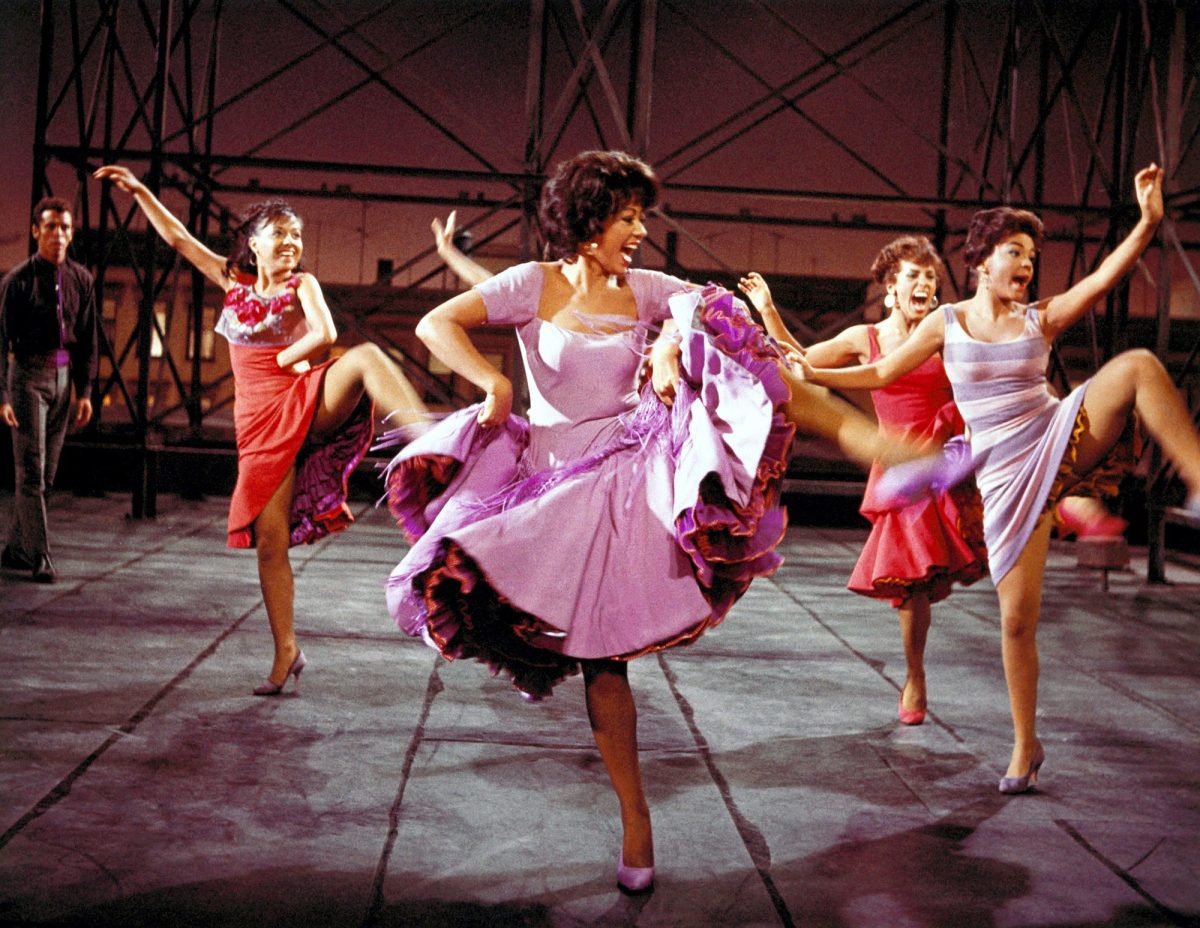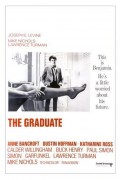Metropolis (1927) Directed by Fritz Lang
Science fiction in 1927 wasn't exactly ordinary. But Fritz Lang's Metropolis, a modern classic about modern dystopia, shook the world by expressing the devastating effects of capitalism through the conflict between workers and owners. Filmed in the midst of the German Expressionistic movement, the movie elaborately propounded the political philosophy of Karl Marx.

Metropolis (1927) Directed by Fritz Lang: Plot
Through the classical device of the putting the conflict of the story at its heart, Fritz Lang attempted to bring out the reality of what the future was going to be more than 80 years back. And when you watch the film today, it feels like Lang must have travelled in a time machine to secretly to see what the world was going to be like in the 21st century.
The movie Metropolis is about a utopian city founded by Joh Fredersen, who also represents the wealthy class of people living in the city. His son Freder, roaming about in the Eternal Gardens spots a beautiful woman, Maria, with a group of worker children. He becomes infatuated with her. Freder follows Maria to the worker's gallows where he first encounters the gory, dark world of the workers and sees their miserable lives. Scenes of workers in an assembly line, with dread on their faces and no grace in the moments scare him from the core. Freder observes a machine blasting off and thousands of workers being killed, which freezes him in his feet.
Freder disguises himself as a worker to experience life of the nether world of the workers and tries to mediate the situation, wanting to the workers to live a better life. In the meanwhile, Joh Fredersen is informed of secret maps being found from the workers' world. On inquiring with Rotwang, the scientist of the Metropolis, he finds out that those maps show 2000 year old workers' catacombs. When they secretly travel to the catacombs, they overhearing Maria preaching to fellow workers that a Mediator will arrive to help them live a better life and destroy the Tower of Babel of the rich. That Mediator is inevitably Freder who helps the workers to bring about a revolution only to bring back peace, harmony and reform to the Metropolis.
The film's tagline "The Mediator between the head and hands must be the heart!" has symbolic representations. The head is the Joh Fredersen, the hands are the exploited workers and Freder is the mediator or the heart.
Metropolis (1927) Directed by Fritz Lang: Stunning elements
1) Potent imagery
The beauty of the movie Metropolis is that it commands readings of all kinds – religious, political, social and philosophical. Dissecting Metropolis to look at the plethora of nuanced innuendos it has to offer is a task overdone, it is also thoroughly enjoyed for the beauty of its potent images.
Metropolis aims to reflect the experience of modern life itself – sepulchral, nebulous, appalling, exhilarating, dark and frightfully awe inspiring at times. In the 1920s as the world approached monopolized industrialization and scaled new heights of imperialism, popular culture started expressing its angst through anti utopian narratives, of which Metropolis is a product. The images used in Metropolis have been choreographed carefully to reflect this very angst. Whether it is the Sphinx like structure that swallows all the workers, a giant clock machine whose hands have to be controlled by workers, workers travelling in herd with their faced titled and their fists hanging, needle like bridges - all the images strung together juxtapose old world fear and new world vision.
2) Themes
Sexual sterility forms an undercurrent of to the thriving city. The loss of control, rising pressure and the deadly explosion in the machine room that occurs after Freder sees Maria is a depiction of sexual desire. The sequences in the film showing Robot Hel in Yoshiwara, the red light district and her dance attracting sterile gazes from passionless spectators too speaks of sterility in modern metropolis.
The movie presents a religious allegory too, with armies of workers building an ambitious tower. This is said to be a reference to the Tower of Babel from Genesis. Through the clear division of the classes and workers, the film also draws parallels to the idea of westernization and colonialism. Interestingly, the robot, who is a look alike of Maria implies that the colonizer in most cases is disguised as one of the masses in order to generate conflict.
3) Connection to modernist architectural styles
Although the film is said to be rooted in the conventions German Expressionism, it is strongly influenced by Art Deco. Erich Kettlehut, Otto Hunte and Karl Vollbrecht, the art directors of the film create an enthralling yet morbid mélange of architectural styles which are essentially angular and distorted. The ownership, style and location of the cityscape reflect the class demarcation and power hegemonies in the film. The tall, grotesque skyscrapers represent the seat of capitalism, while Rotwang's Art Deco science lab and Joh's workplace that 'looks down upon the world' are classic examples of the Streamline modern style. The purpose of this is to represent an impassive modernity which is frenetic, insomniac and uncontrollable. On one hand, the skyscrapers represent a futuristic ideal of transcendence via machines. On the other hand, the city's sharp angle and its vertical thrusts are completely anti–Nature. In fact, Art Deco and other architectural styles have been inter woven to the extent that even Robot Maria's helmet is reminiscent of the Chrysler Building's Art Deco top.
Metropolis (1927) Directed by Fritz Lang: Interesting Trivia
- An inflation adjusted figure of the cost of making Metropolis is pegged at almost 15 million US dollars. This makes Metropolis the most expensive silent movie ever made.
- Huppertz composed an orchestral score which is said to include motifs from the music of Strauss and Wagner. His music was often played in the background during principal photography, in order to get the desired facial expressions from the actors.
- Fritz Lang's Metropolis has been selected on UNESCO’s Memory of the World Register in 2001.
- Eugen Schüfftan used the 'Schufftan Process' in the film, which was an elaborate process of create the effect of optical printing. A large mirror was placed at a certain angle to reflect the set artwork while live footage was projected on the reverse side. The silver on the back of the mirror had to be scraped off to expose the footage. A single error would ruin the whole mirror. This procedure had to be followed elaborately to create the effect of optical printing for each shot.
- Amongst the innumerable restorations that have been attempted for this film, the restored version of 2001 was said to be done from the best available sources. The image quality of this version is said to be amongst the best of any versions.








